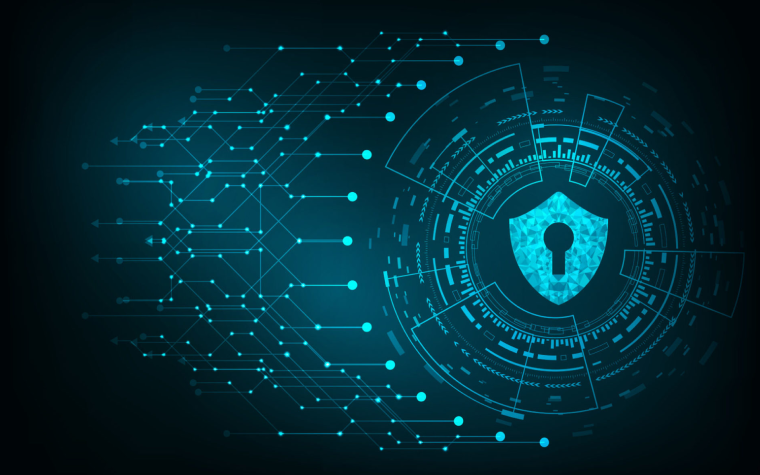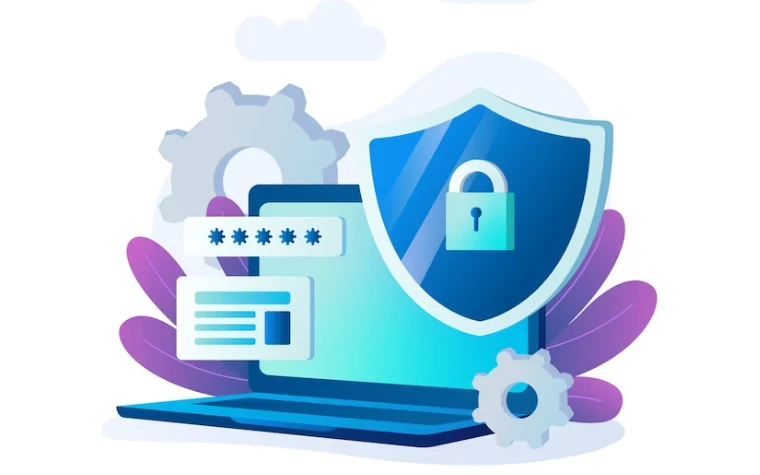
Unlocking Digital Transformation with Robust Cybersecurity Solutions
In today’s digital world, it is becoming more and more important to take steps to protect your data from cyber threats. While there are many different ways to protect your information, one of the most effective measures is robust cybersecurity solutions. In this article, we’ll explore why it is so important to implement such solutions and how they can help you unlock digital transformation. Read on to find out more!
What is Digital Transformation and Cybersecurity?
Digital transformation is the process of using technology to create new or improve existing business processes. It can involve anything from automating manual tasks to adopting new technologies that allow for more efficient workflows. Cybersecurity is a critical component of digital transformation; as it helps protect organizations from the growing threat of cyber-attacks.
There are many benefits to digital transformation, including improved efficiency, increased competitiveness, and new opportunities for growth. However, it also brings with it new risks and challenges; which is why cybersecurity must be a top priority. By implementing robust cybersecurity solutions, organizations can safeguard their data and ensure the success of their digital transformation initiatives.
Why is Cybersecurity Necessary for Digital Transformation?
Digital transformation is unlocking new possibilities for businesses and organizations across industries, yet many are still held back by security concerns. A recent study by Microsoft found that nearly 60 percent of business leaders see inadequate security as a roadblock to digital transformation. This is understandable; as digital transformation can introduce new risks if not properly planned for.
That’s why a robust cybersecurity solution is essential for any organization embarking on digital transformation. By taking a proactive approach to cybersecurity, organizations can safeguard their data and ensure the smooth implementation of new technologies.
The first step is to assess the current state of your cybersecurity posture and identify any gaps. Once you have a clear understanding of your risks; you can develop a plan to address them. This may include investing in new technologies or training your staff on best practices for secure data management.
Organizations should also consider how they will respond to a cyber incident. Having a well-defined incident response plan in place can help minimize the damage caused by an attack and get your business back up and running quickly.
Cybersecurity is an essential part of digital transformation, but it doesn’t have to be complicated or expensive. By taking these simple steps, you can ensure that your transition to new technologies is smooth and secure.
The Security Challenges of Digital Transformation
Digital transformation is driving organizations to adopt new technologies, processes, and business models that rely on data and connectivity. However, these same factors also create new opportunities for cybercriminals. As a result, cybersecurity must be a key part of any digital transformation initiative.
There are four main security challenges that need to be considered when embarking on a digital transformation:
- Data security: Organizations need to ensure that their data is secure both at rest and in motion. This includes adopting encryption and other security measures to protect data from being accessed or stolen by unauthorized parties.
- Infrastructure security: The move to cloud-based infrastructure and deployments creates new risks that need to be addressed. Organizations need to ensure that their cloud providers have adequate security measures in place, and they also need to deploy their own security controls within the cloud environment.
- Application security: The use of new applications and services exposes organizations to new risks. It’s critical that these applications are properly secured, both from a code perspective as well as from a data perspective. In addition, organizations need to consider how these applications will interact with other systems and data stores.
- Identity and access management: As organizations move away from traditional perimeter-based security models, it’s important to have a robust identity and access management solution in place. This will allow organizations to control who has access to what, while also providing the flexibility needed to support changing business needs.

How to Achieve Secure Digital Transformation?
Digital transformation is a top priority for organizations across industries; but it’s also one of the biggest cybersecurity challenges they face. In order to achieve secure digital transformation, organizations must adopt a holistic approach to security that includes people, processes, and technology.
Organizations must first understand the risks associated with digital transformation and then put in place the right controls to mitigate those risks. People are often the weakest link in an organization’s cybersecurity posture; so it’s important to have a security awareness and training program in place. Processes must be established for managing security incidents and vulnerabilities, and technology must be implemented to help automate these processes.
The goal of secure digital transformation is to enable organizations to innovate and grow without compromising security. By taking a comprehensive approach to security, organizations can confidently embrace digital transformation and reap the benefits it has to offer.
Role of Cybersecurity in Digital Transformation
The digital transformation is well underway, with businesses of all sizes adopting new technologies to improve efficiency and better serve their customers. However, this transition comes with significant risks, as cybercriminals are constantly looking for new ways to exploit vulnerabilities in digital systems. As such, robust cybersecurity solutions are essential to protecting businesses during this time of change.
There are a number of different cybersecurity solutions available; each designed to address specific threats. For example, data loss prevention solutions help protect against data breaches by identifying and blocking sensitive data from being transmitted outside of the organization. Anti-malware solutions protect against malware infections by scanning files and websites for malicious code. And firewalls provide a first line of defense against network attacks by identifying and blocking suspicious traffic.
Digital transformation can be a complex and daunting process, but by incorporating robust cybersecurity solutions into your plans, you can ensure that your business is protected against the ever-evolving threat landscape.

